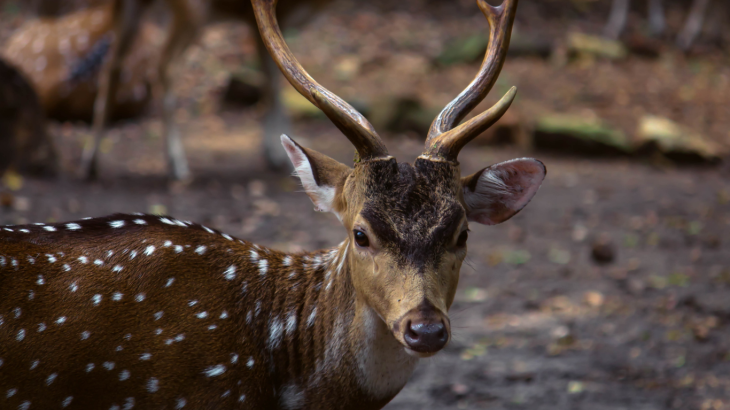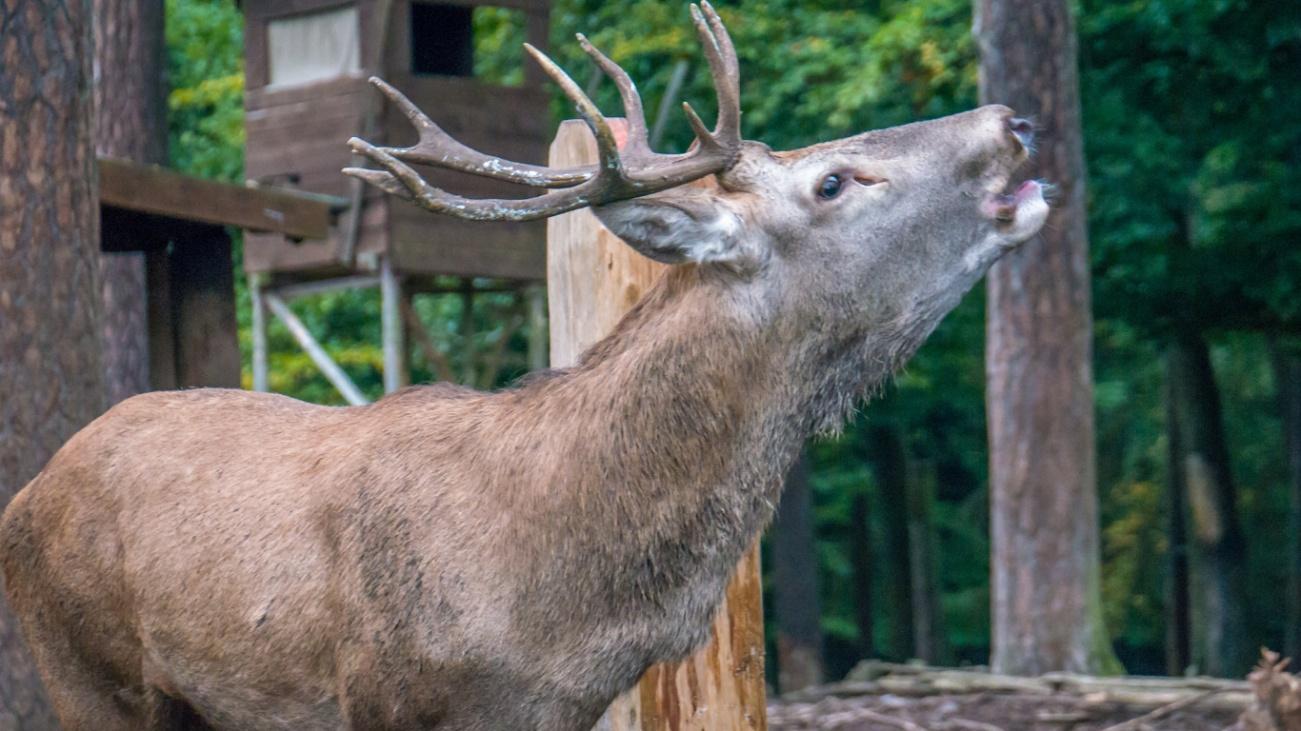
While many of us are aware of the environmental hazards caused by pollution, few realise that it also threatens the survival of a rare and shy species, the Hangul (Cervus hanglu hanglu), the Kashmir stag.According to Down To Earth (2017), a manager at Wildlife SOS in Kashmir, Aliya Mir, described the “shyness” associated with Hangul by saying, “One sound and the animal dashes out of sight.”[1]
The study titled “Pragmatic Perspective on Conservation Genetics and Demographic History of the Last Surviving Population of Kashmir Red Deer (Cervus elaphus hanglu) in India” highlights that interference through human activities like urbanisation is also responsible for habitat degradation and the decline in Hangul’s population[3] It talks about the biological vulnerability. The shyness described by Ms. Aliya is a trait that makes hangul highly susceptible to human disturbance. For example, even a slight noise from hikers, livestock, or vehicles can scare it away from feeding areas, causing disruption to its natural behaviour and pushing it further into the wild, most often into unsafe habitats.
Their fighter instinct, which once saved them in a dense forest, now acts up against them in a scenario riddled with infrastructure, human noise, and deforestation. A study by Azim Premji University, the Kashmir stag is at a high risk due to human-wildlife conflicts, poaching, overgrazing by domestic livestock, and habitat loss.[2]
Why do human activities destroy Hangul’s habitat?
Studies by Mongabay report a massive decline of 261 Kashmir deer (Hangul) from a total population of 5,000.[4] This staggering decline is a cause for concern mainly because the range of the Hangul has been reduced due to overgrazing by domestic animals, timber extraction, and urbanization of the areas within and neighboring Dachigam National Park, as these activities have added competition for food and space. These disturbances, in addition to fragmenting range, increase clashes between humans and wildlife, and subject the Hangul to livestock disease and parasite infection.
Lack of effective conservation buffers that isolate Dachigam from other prospective habitats also infringes on the Hangul’s existence, albeit the pace is lower than it used to be due to poaching. In simple terms, Hangul has nowhere safe left to go.
When such natural charm is on the verge of extinction, it becomes every human being’s responsibility to reflect on their actions.
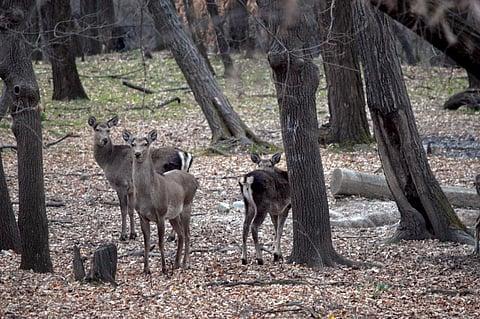
(Source: WILDLIFE SOS)
What does ecology and science research tell us regarding the dietary and ecological requirements of the Hangul?
In a study published by the Ethology, Ecology & Evolution journal in the year 2015, the animal was diagnosed as a mixed feeder, which means that it browses on shrubs and grazes on other food items. Harvesting is also preferred in the form of browsing in most seasons.
From direct observation, Kail (Pinus wallichiana) and other Hangul’s foods suggest that they are evergreen trees which are useful not only for their nutritive leaves but also as protective, evergreen trees which came into trust during winter and thus provided confidential shields to the herbivores during winter months; these trees are considered particularly useful as they provided nutrition during wards foliage free and so protected them from the colder winds of December to February.
The coniferous- also noticed broad-leafed forest in which the herbivores/animals live suggests that Hangul’s foraging indicates that they require a heterogeneous coniferous broadleaf forest in which to thrive.
The value is diminished when these feeding opportunities are shifted to monocultural plantations or grassland, rendering the Hangul unable to access essential vitality options and posing a greater risk to their chances of surviving.
How is Grow-Trees.com creating hope for Hangul?
Grow-Trees.com’s Trees for Hanguls™ project in Kashmir, India, aims to achieve numerous objectives. They are actively rehabilitating the habitat for the Hanguls by planting trees. As the trees grow older, they give essential ecological benefits such as carbon sequestration, an adequate water supply, and a healthy source of nutrition for the Hanguls. Planting trees will also contribute to meeting the requirements of local people who rely on forest resources. The Trees for Hanguls™ project by Grow-Trees.com aims to create awareness about the conservation of the Hangul population. This sensitisation approach builds the groundwork for long-term and greener change. [6]
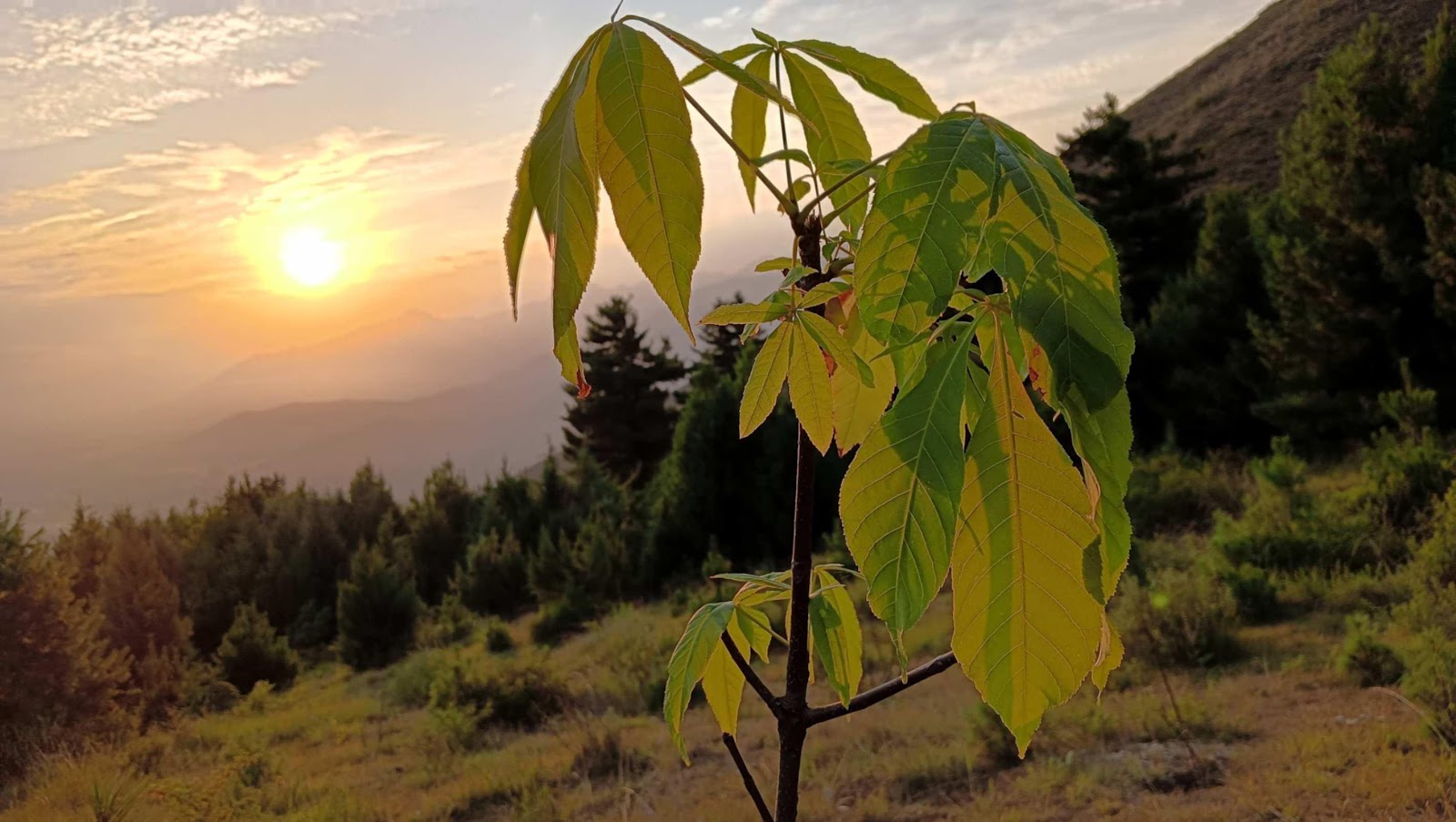
How does Grow-Trees.com’s tree species help Hangul and the community holistically?
According to a study on the Hangul’s feeding habits and habitat use patterns published in the journal Ethology, Ecology, and Evolution, the Hangul is a mixed feeder that prefers to browse over grazing in practically every season. However, the data from the direct feeding observation indicates that the Hanguls prefer woody species like Kail (Pinus wallichiana) that are browsing and bark-stripped. [7]
Grow-Trees.com prioritised meeting the needs of the Hanguls while also helping the local community when choosing the species for the Trees for Hanguls™ project. According to the Science of the Total, they are planting a variety of broadleaf and coniferous plants by the landscape-level conservation planning approach. [8] For the Hanguls, kail (Pinus wallichiana) and apricot (Prunus armeniaca) are important food sources.
There is plenty of shade and cover from cypress (Cupressus torulosa) and deodar cedar (Cedrus deodara). The people surrounding the planting site benefit from the addition of horse chestnut (Aesculus hippocastanum), quince (Cydonia oblonga), pears (Pyrus communis L.), and apples (Malus pumila/domestica).
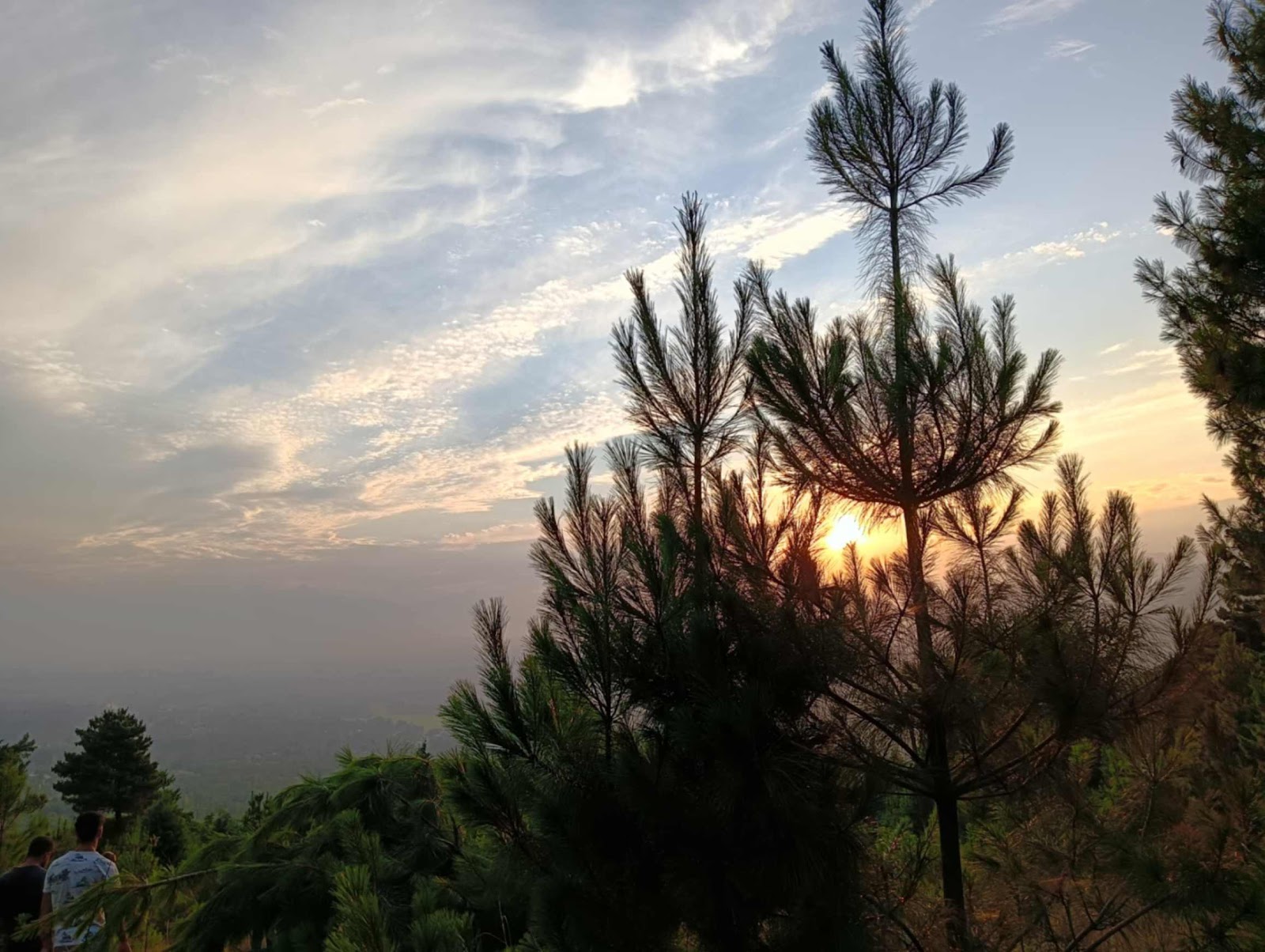
The Trees for Hanguls ™ initiative offers a mutually beneficial situation by coordinating ecological restoration with social impact. The initiative offers significant socioeconomic advantages to the local residents in addition to its efforts to protect the Hangul.
The initiatives of Grow-Trees.com provide jobs that lead to better livelihoods. By providing fair and meaningful work, this program can help buck the migratory trend. The project also has the potential to encourage greener practices and community involvement on a larger, social level.
Although there is still a dearth of research on the elusive Hangul species, scientists generally agree that one of the main causes of its population decline.
The Trees for Hangul™ project acknowledges that wildlife protection can be a catalyst to social well-being. By taking a comprehensive approach, we can pursue our commitment to restore ecosystems, protect wildlife, and leave a legacy of harmony and balance. Issues like increasing pollution, poaching, land use, and habitat fragmentation have hurt the ecosystem. Because trees can absorb carbon, improve air quality, provide shelter, screen, and recharge groundwater, planting trees is an effective way to combat these threats.
References-
[3] https://journals.plos.org/plosone/article?id=10.1371/journal.pone.0117069
[5] https://link.springer.com/article/10.1007/s42452-020-03685-z
[6] https://www.grow-trees.com/projectdetails.php?id=160#_ftn3
[7] https://www.tandfonline.com/doi/full/10.1080/03949370.2015.1018955
[8] https://www.sciencedirect.com/science/article/abs/pii/S0048969721010986
